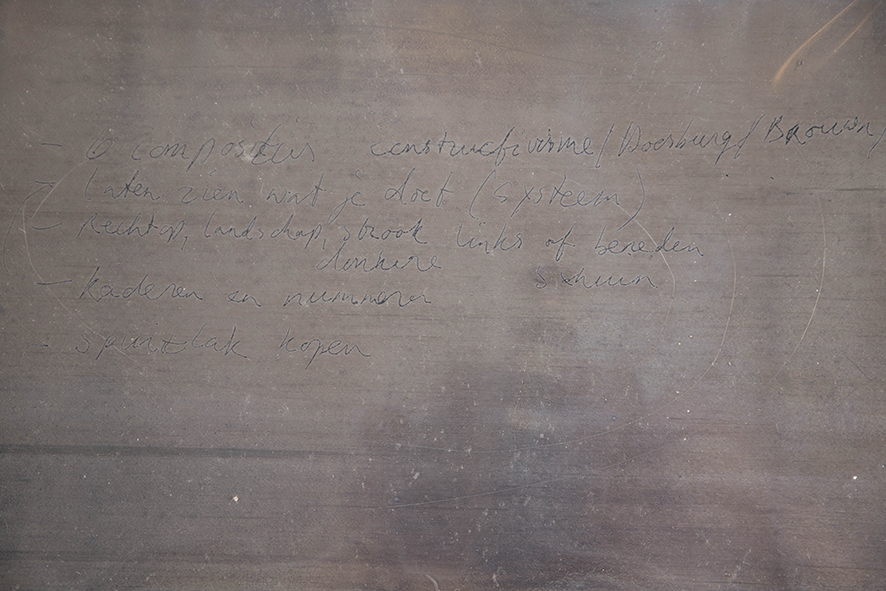
Ronald Oosterhof
In the 90s I studied at the Willem de Kooning Academy in Rotterdam. Next to my artwork and writings, I work in (mental) health care, and cultural crossovers as a social entrepreneur and consultant.
This web page is meant to show my writings and art works. Most of it is from the last two years. I update it irregularly. I am trying to connect my other accounts to it “as we speak” (may 24).

